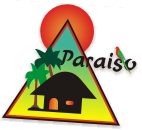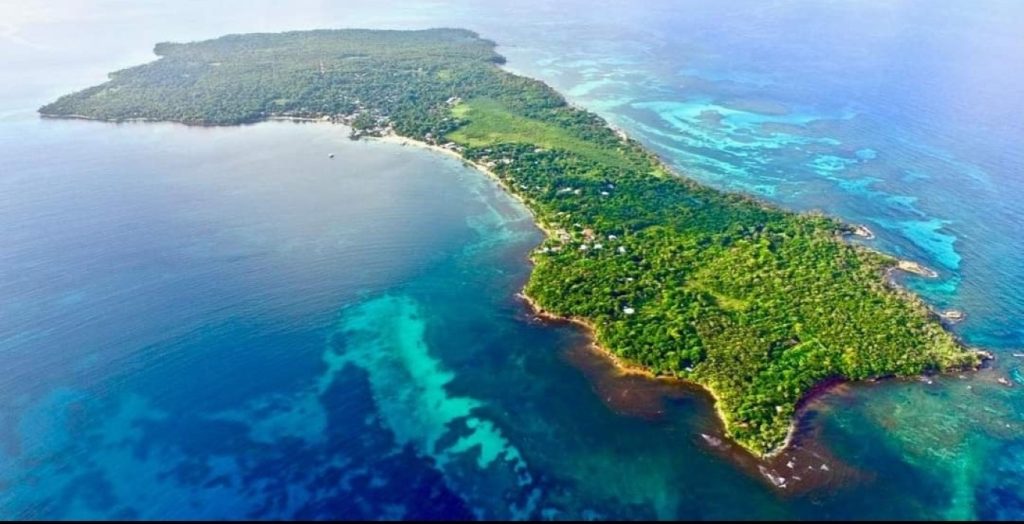What is Corn Island famous for?
One of the most frequently asked questions about corn island is, what is Corn Island so famous? Corn Island is a popular tourist destination in Nicaragua famous for its beautiful beaches and clear blue waters. The island is located in the Caribbean Sea and is part of the Corn Islands archipelago, which consists of two islands: Big Corn Island and Little Corn Island.
One of the main attractions of Corn Island is its stunning beaches, which offer visitors the chance to swim, sunbathe, snorkel, and scuba dive in crystal clear waters. The island is also known for its vibrant coral reefs, which are home to a diverse range of marine life.
In addition to its natural beauty, Corn Island is also known for its relaxed and laid-back atmosphere. Visitors can enjoy fresh seafood, listen to reggae music, and soak up the island’s unique culture and traditions.
Overall, Corn Island is a must-visit destination for anyone traveling to Nicaragua who is looking for a tropical paradise getaway.
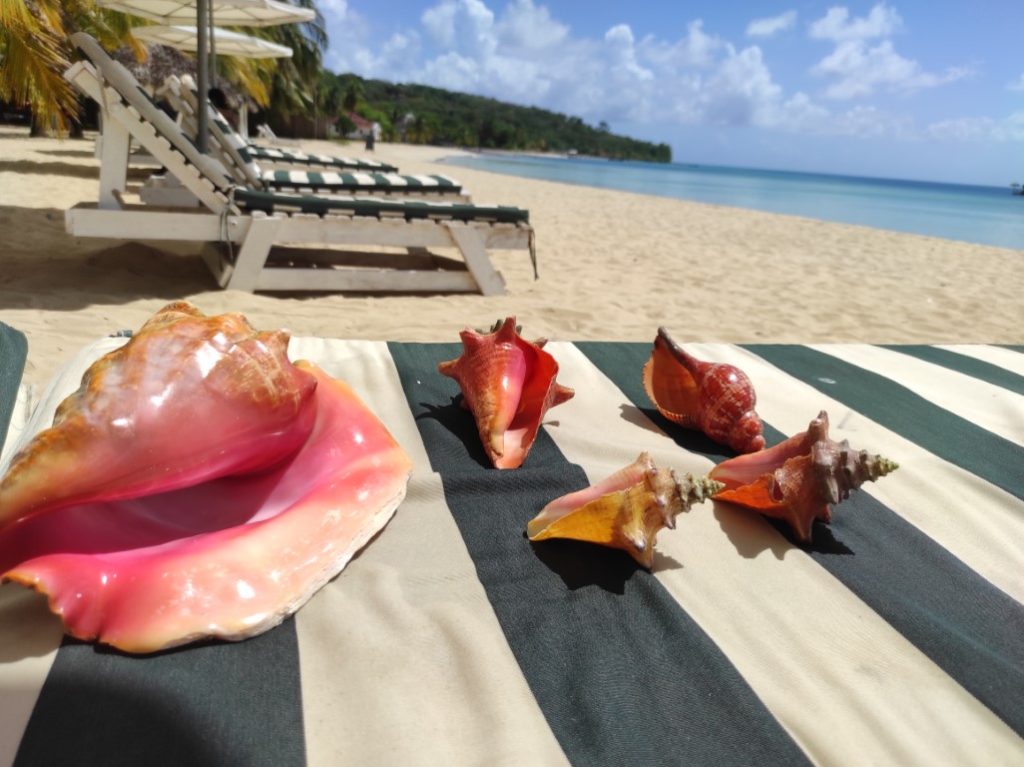
What language does Corn Island speak?
The official language of Nicaragua is Spanish, and it is widely spoken on Corn Island. However, due to its history and location, Corn Island also has its own unique language called “Creole English,” which is a mix of English, Spanish, and African languages. This language developed over time as a result of the island’s history of British colonization. Many locals on Corn Island speak both Spanish and Creole English fluently, and visitors to the island may hear both languages spoken in daily life.
What country owns Corn Island?
Corn Island is a part of Nicaragua and is owned by the Nicaraguan government. Nicaragua is a country located in Central America and is bordered by Honduras to the north and Costa Rica to the south. The Corn Islands are a part of the autonomous region of the South Caribbean Coast Autonomous Region (RACCS) of Nicaragua. The islands were historically occupied by the British, but they were ceded to Nicaragua in 1894 by the Treaty of Managua. Since then, the islands have been under Nicaraguan control and have become an important part of the country’s tourism industry.
Are Corn Islands worth visiting?
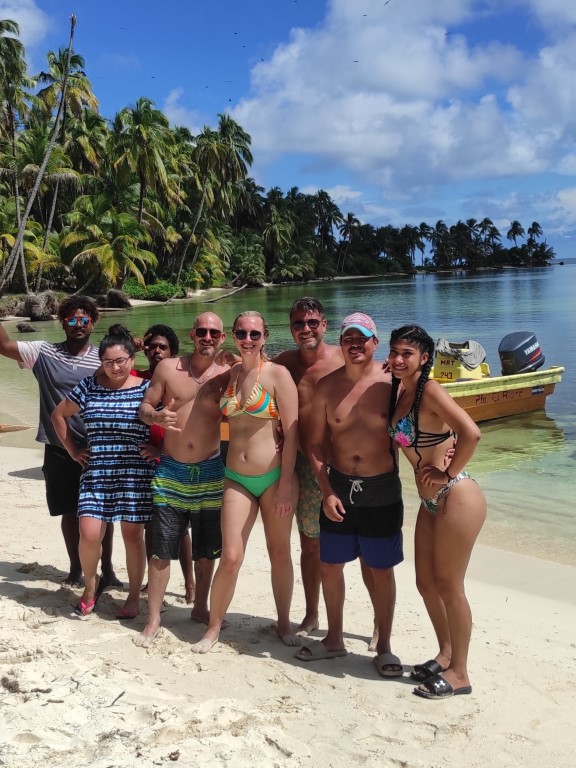
Yes, the Corn Islands are definitely worth visiting if you are looking for a tropical paradise getaway. With their crystal clear waters, stunning beaches, and vibrant coral reefs, the islands offer visitors a chance to relax and unwind in a beautiful natural setting. The islands are also home to a unique culture and history, with a mix of Spanish, English, and African influences that can be seen in the local cuisine, music, and language.
Whether you enjoy swimming, sunbathing, snorkeling, scuba diving, or just soaking up the island’s relaxed atmosphere, there is something for everyone on the Corn Islands. The islands offer a range of accommodation options, from luxury resorts to more budget-friendly guesthouses, and there are plenty of restaurants and bars where you can enjoy fresh seafood and local drinks.
Overall, if you are planning a trip to Nicaragua and are looking for a beautiful and peaceful place to unwind, the Corn Islands are definitely worth a visit.
https://paraisoclub.com/best-corn-island-beaches/
Is Corn Island expensive?
The cost of visiting Corn Island can vary depending on your travel style and preferences. Generally speaking, Corn Island can be considered a bit more expensive than other parts of Nicaragua due to its remote location and limited infrastructure. However, compared to other Caribbean destinations, Corn Island is still relatively affordable.
Accommodation options on the islands range from budget guesthouses to more expensive resorts, so there is something to suit every budget. Food and drink prices can also vary, with local street food and markets offering more affordable options, while restaurants and bars can be more expensive.
Transportation to and from the island can also be a significant expense, as visitors must take a domestic flight or boat from the mainland to get there.
Overall, while Corn Island may be slightly more expensive than other parts of Nicaragua, it is still an affordable destination, especially for travelers on a mid-range budget. It’s always a good idea to do some research and budgeting before your trip to ensure you have a comfortable and enjoyable stay.
Why is it called Corn Island Nicaragua?
There are a few theories about why Corn Island is called “Corn Island.” One theory is that it was named after the indigenous Miskito word for maize (corn), which was a staple crop in the region.
Another theory is that the island got its name from the British colonizers who occupied the area in the 17th and 18th centuries. The British were known for naming places after the crops that were grown there, and since corn was one of the main crops cultivated on the island, they may have named it “Corn Island” as a result.
Regardless of its origin, the name “Corn Island” has become synonymous with the island’s natural beauty, laid-back atmosphere, and unique culture. Today, the island is a popular destination for travelers looking to experience the best of Nicaragua’s Caribbean coast.
How do you get from Nicaragua to Corn Island?
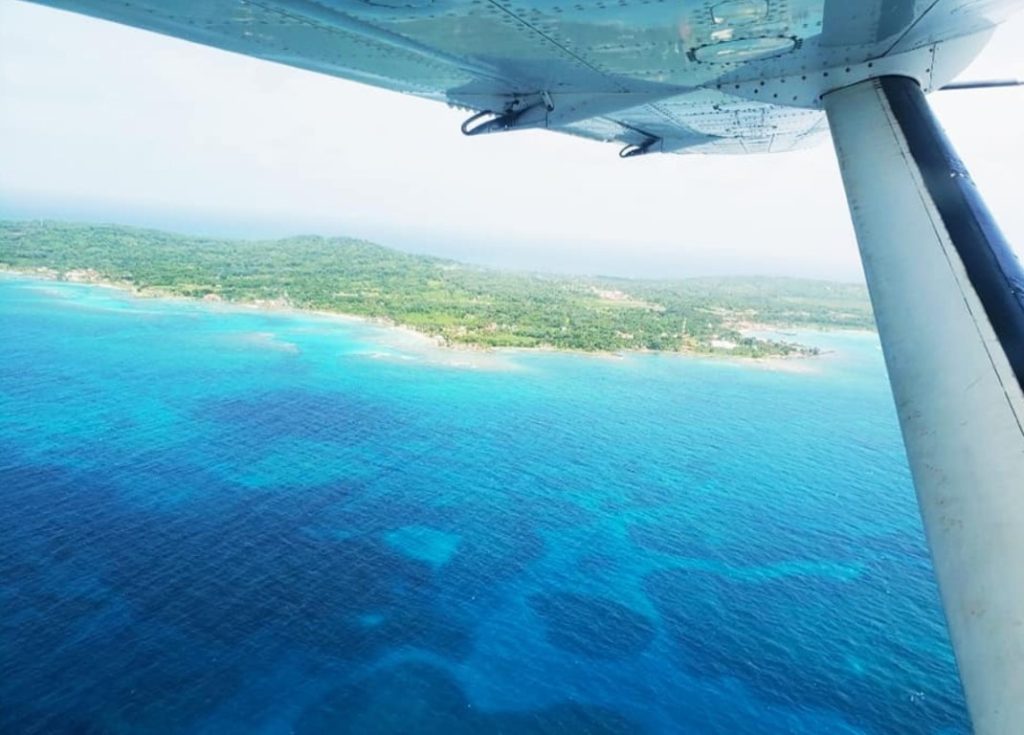
To get to Corn Island, you will need to travel to Nicaragua first, and then take a domestic flight or a boat to the island.
By Air: The easiest and most popular way to get to Corn Island is to take a domestic flight from Managua, Nicaragua’s capital city. There are two airlines that operate flights to Corn Island from Managua: La Costeña and Atlantic Airlines. The flight takes around 40 minutes, and there are several flights per day. It’s a good idea to book your flights in advance, especially during peak travel seasons, as they can fill up quickly.
By Sea: It’s also possible to get to Corn Island by taking a boat from Bluefields, a city on Nicaragua’s Caribbean coast. The journey takes around 6 hours and can be quite rough, so it’s not recommended for those who are prone to seasickness. There are also limited boat services from other nearby coastal towns, but schedules can be irregular and subject to change.
Once you arrive on the island, you can take a taxi or a bicycle taxi to your accommodation. There are also rental cars and scooters available for those who prefer to explore the island on their own.
Can you stay in the Corn Islands?
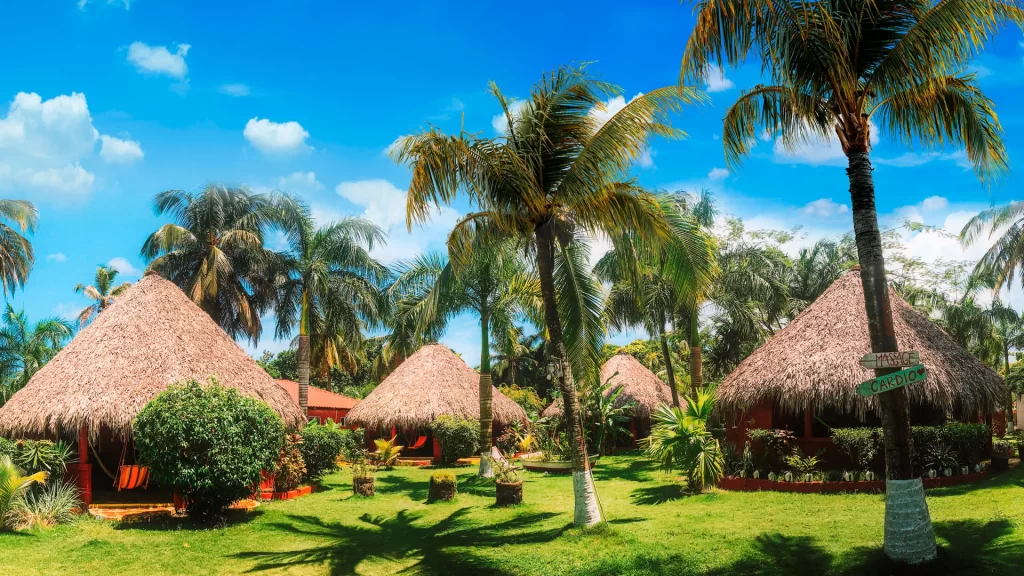
Yes, you can definitely stay on the Corn Islands. In fact, there are several accommodation options available on both Big Corn Island and Little Corn Island, ranging from budget-friendly guesthouses and hostels to luxury resorts.
On Big Corn Island, there are several mid-range and upscale hotels and resorts, as well as more budget-friendly guesthouses and vacation rentals.
On Little Corn Island, there are fewer accommodation options, but still a good selection of guesthouses, hostels, and resorts.
It’s a good idea to book your accommodation in advance, especially during peak travel seasons, as availability can be limited.
What is the history of Corn Island Nicaragua?
The history of Corn Island dates back to the pre-Columbian era, when the island was inhabited by indigenous groups such as the Miskito and Rama people. The Miskito people, who are still present in the region, were skilled fishermen and farmers and had a strong connection to the sea.
In the 17th century, the British colonized the region and established a settlement on Corn Island, which they used as a base for logging and trading activities. The island changed hands several times over the years, with the Spanish, Dutch, and French all attempting to claim it at various points.
In the late 19th century, the United States expressed an interest in establishing a naval base on Corn Island, and in 1914, they purchased the island from Nicaragua as part of the Bryan-Chamorro Treaty. The US Navy used the island as a base for many years, and during World War II, it was an important staging area for US military operations in the Caribbean.
In 1971, the island was returned to Nicaragua, and it has since become a popular tourist destination, known for its natural beauty and unique culture. Today, the island is home to a mix of indigenous and Afro-Caribbean populations, and its economy is largely driven by tourism, fishing, and agriculture.
